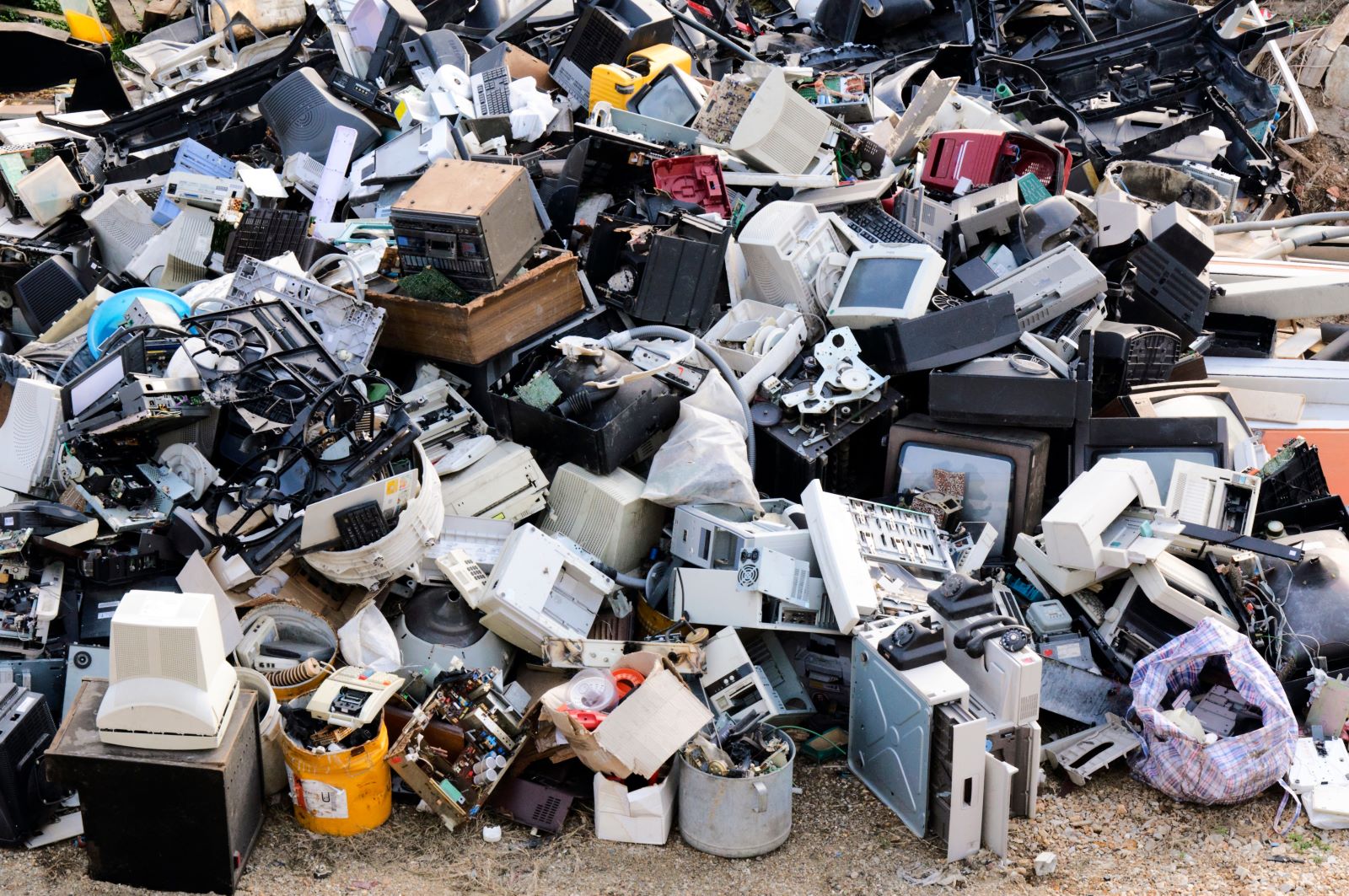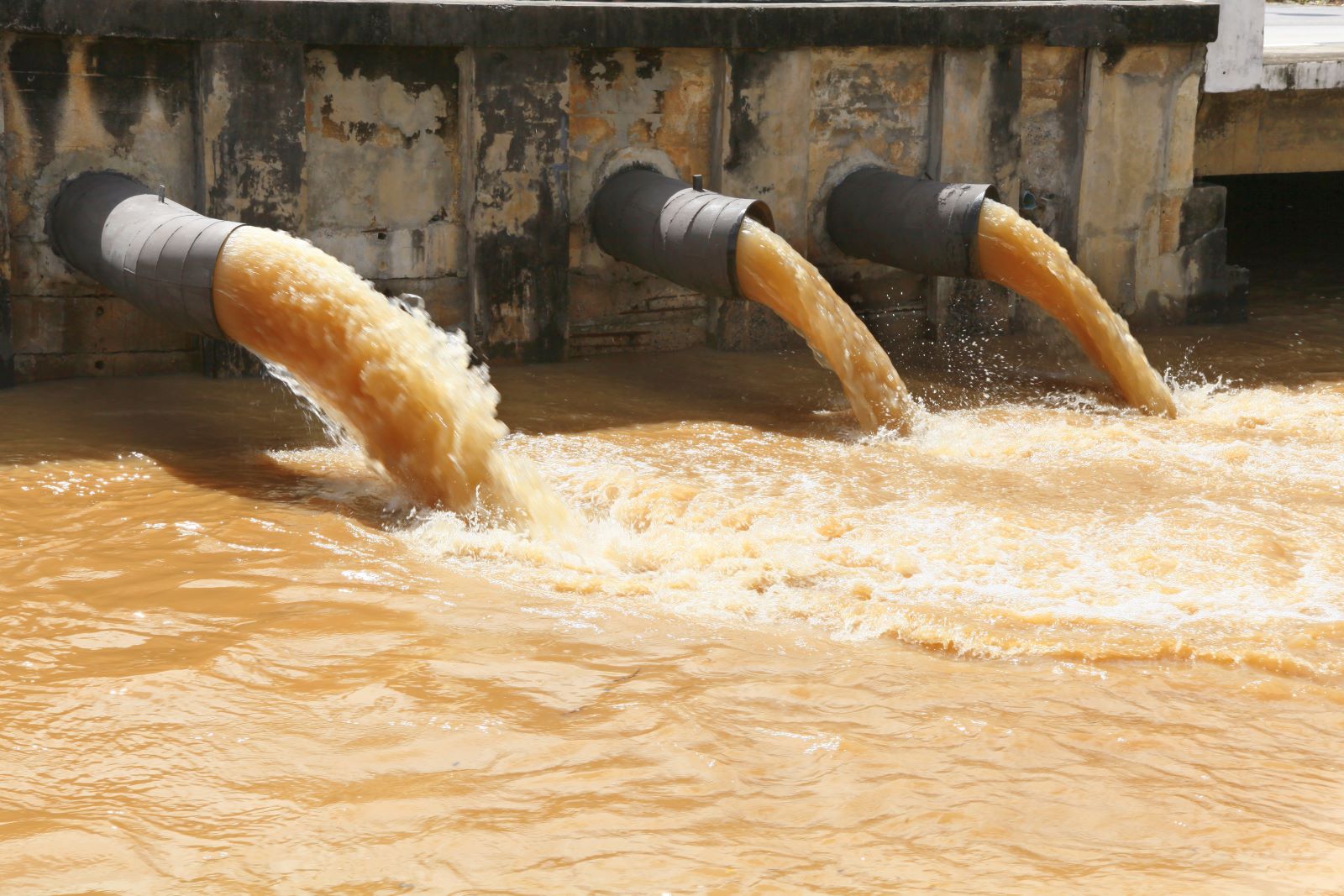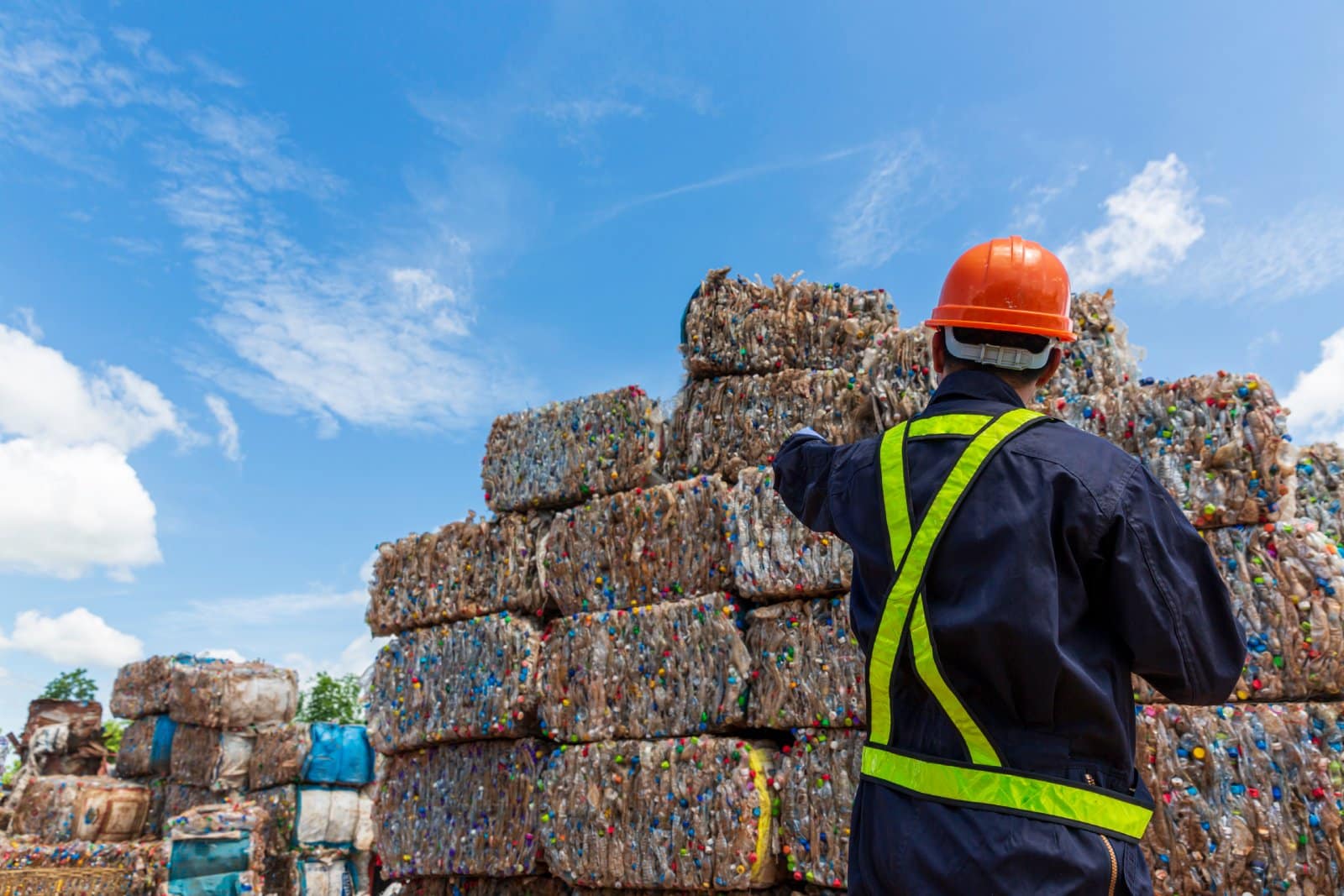Your smartphone is a marvel of modern technology, but have you ever considered its environmental impact? Here are 20 surprising ways your device might be affecting the planet.
1. Mining for Rare Earth Metals

Image Credit: Shutterstock / Parilov
Smartphones require rare earth metals, which are mined in environmentally destructive ways. This process often leads to deforestation and soil erosion.
2. E-Waste Pollution

Image Credit: Shutterstock / ltummy
Old smartphones frequently end up in landfills, creating massive e-waste. These devices leak harmful chemicals into the soil and water, polluting the environment.
3. Energy Consumption

Image Credit: Shutterstock / Proxima Studio
The energy used to charge billions of smartphones daily adds up. Most of this energy comes from fossil fuels, contributing to carbon emissions and climate change.
4. Manufacturing Emissions

Image Credit: Shutterstock / Artem Zarubin
Producing smartphones releases significant amounts of CO2. The factories that manufacture them are often powered by coal and other non-renewable energy sources.
5. Water Usage

Image Credit: Shutterstock / Ostariyanov
Smartphone production is water-intensive. Large amounts of water are needed to manufacture components and cool down machinery, straining local water supplies.
6. Plastic Waste

Image Credit: Shutterstock / Tunatura
Smartphones contain plastic parts that do not decompose. This plastic waste can end up in oceans, harming marine life.
7. Short Lifespan

Image Credit: Shutterstock / ORION PRODUCTION
The short lifespan of smartphones encourages frequent replacements. This cycle of constant upgrading leads to more waste and environmental degradation.
8. Air Pollution

Image Credit: Shutterstock / Lane V. Erickson
Manufacturing and disposing of smartphones contribute to air pollution. Factories emit toxic gases, and burning e-waste releases harmful pollutants into the air.
9. Deforestation

Image Credit: Shutterstock / Savo Ilic
Mining for materials used in smartphones often leads to deforestation. This destruction of forests affects biodiversity and contributes to climate change.
10. Heavy Metal Contamination

Image Credit: Shutterstock / pingphuket
Smartphones contain heavy metals like lead and mercury. Improper disposal of phones can lead to these metals contaminating soil and water sources.
11. Resource Depletion

Image Credit: Shutterstock / Joaquin Corbalan P
The demand for smartphones drives the depletion of natural resources. This unsustainable extraction harms ecosystems and depletes finite resources.
12. Radiation Emissions

Image Credit: Shutterstock / Andrii Iemelianenko
Smartphones emit low levels of radiation. While the health impacts are still debated, there’s concern about the long-term environmental effects of widespread radiation exposure.
13. Recycling Challenges

Image Credit: Shutterstock / thirawatana phaisalratana
Recycling smartphones is complicated and not always efficient. Many parts are hard to recover, leading to more waste and less material reuse.
14. Worker Exploitation

Image Credit: Shutterstock / 06photo
The smartphone industry often exploits workers in developing countries. Poor working conditions and low wages are common, contributing to social and environmental injustice.
15. Packaging Waste

Image Credit: Shutterstock / AngieYeoh
The packaging for smartphones generates significant waste. The plastic, paper, and other materials used often end up in landfills.
16. Battery Disposal

Image Credit: Shutterstock / Melnikov Dmitriy
Smartphone batteries contain toxic chemicals. Improper disposal can lead to these chemicals leaching into the environment, causing harm.
17. Transport Emissions

Image Credit: Shutterstock / TheHighestQualityImages
Shipping smartphones around the world generates carbon emissions. The transportation process adds to the overall environmental footprint of these devices.
18. Software Updates

Image Credit: Shutterstock / PeopleImages.com – Yuri A
Frequent software updates can render older phones obsolete. This planned obsolescence forces consumers to buy new phones more often, increasing waste.
19. Data Centers

Image Credit: Shutterstock / Gorodenkoff
The data centers that support smartphone apps and services consume vast amounts of energy. These centers often rely on non-renewable energy sources, contributing to carbon emissions.
20. Global Demand

Image Credit: Shutterstock / DavideAngelini
The global demand for smartphones drives unsustainable practices. The race to produce and sell more phones exacerbates many of the environmental issues listed above.
Think Before You Upgrade

Image Credit: Shutterstock / voronaman
Smartphones are indispensable, but their environmental impact is significant. Before you upgrade, consider the hidden costs to our planet and think about sustainable alternatives.
Featured Image Credit: Shutterstock / fizkes.
For transparency, this content was partly developed with AI assistance and carefully curated by an experienced editor to be informative and ensure accuracy.


